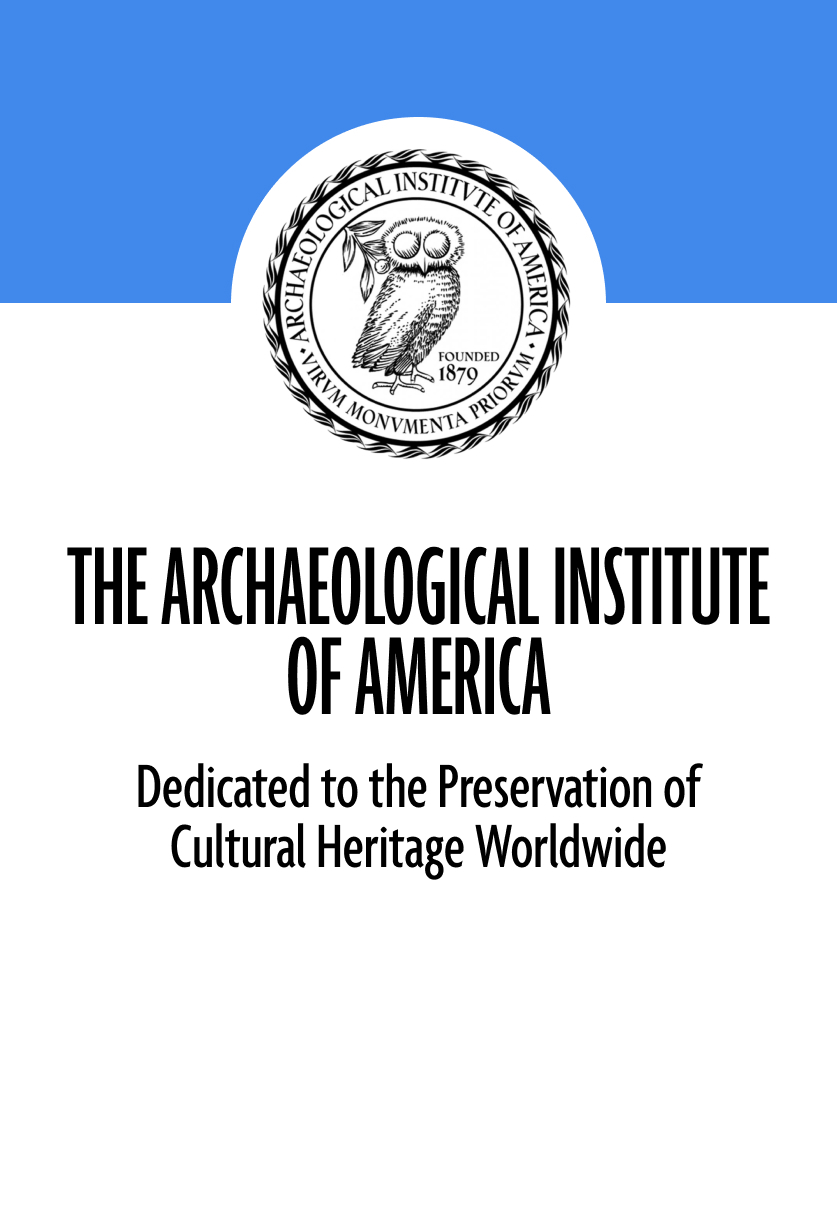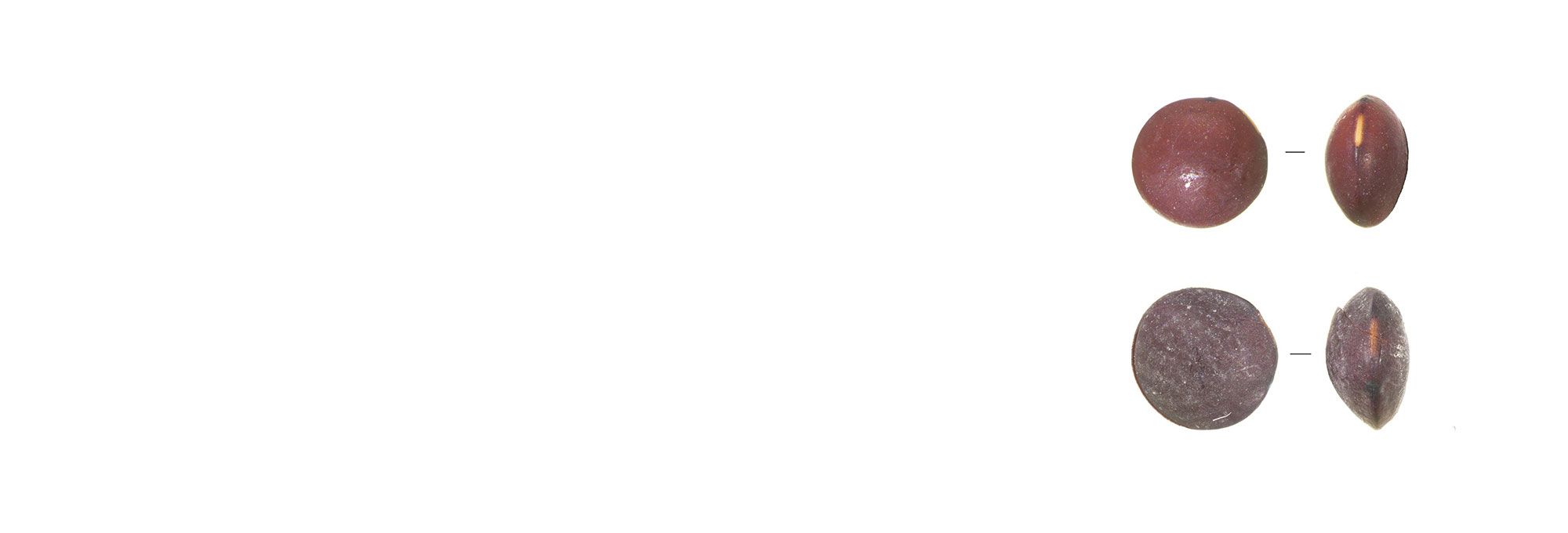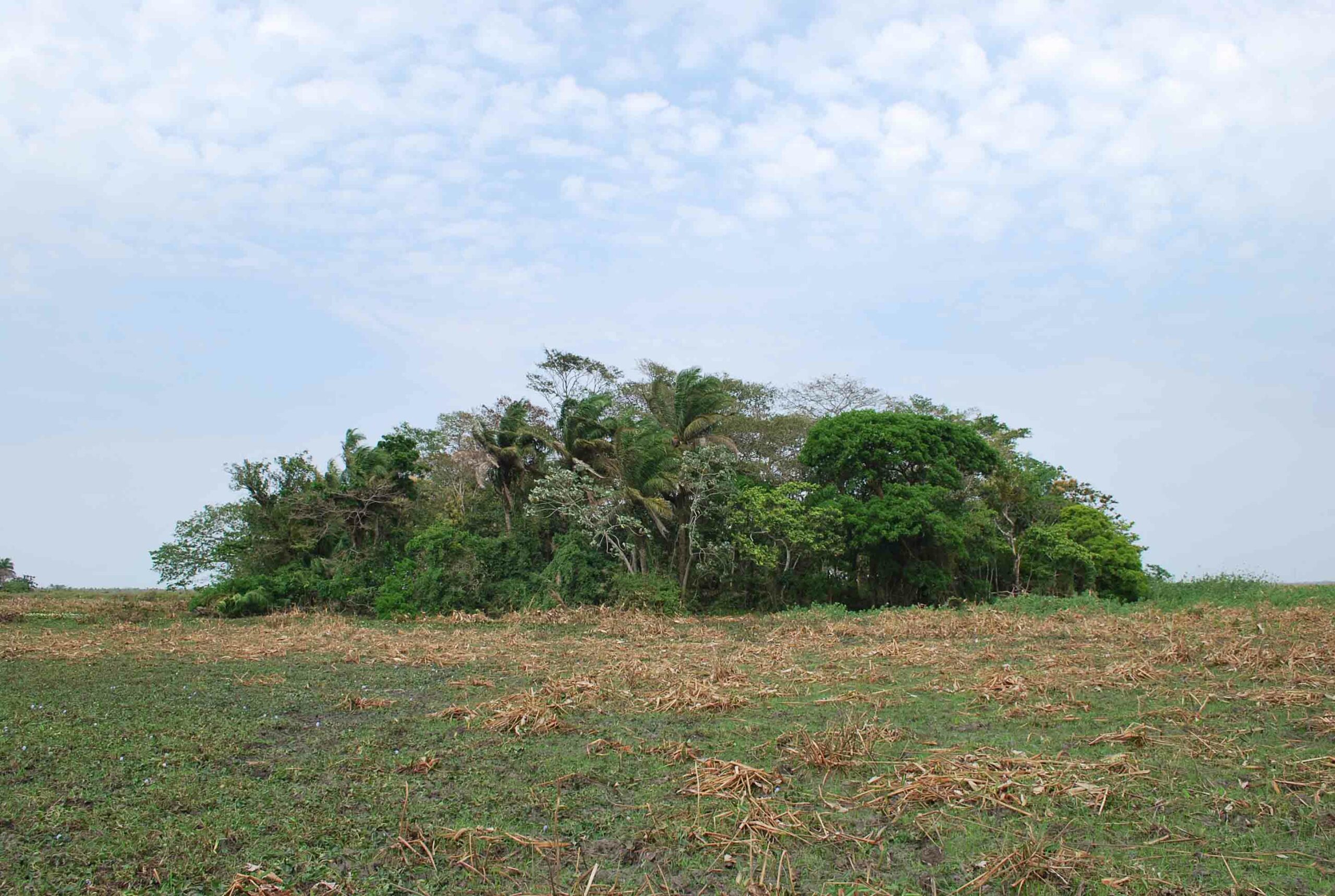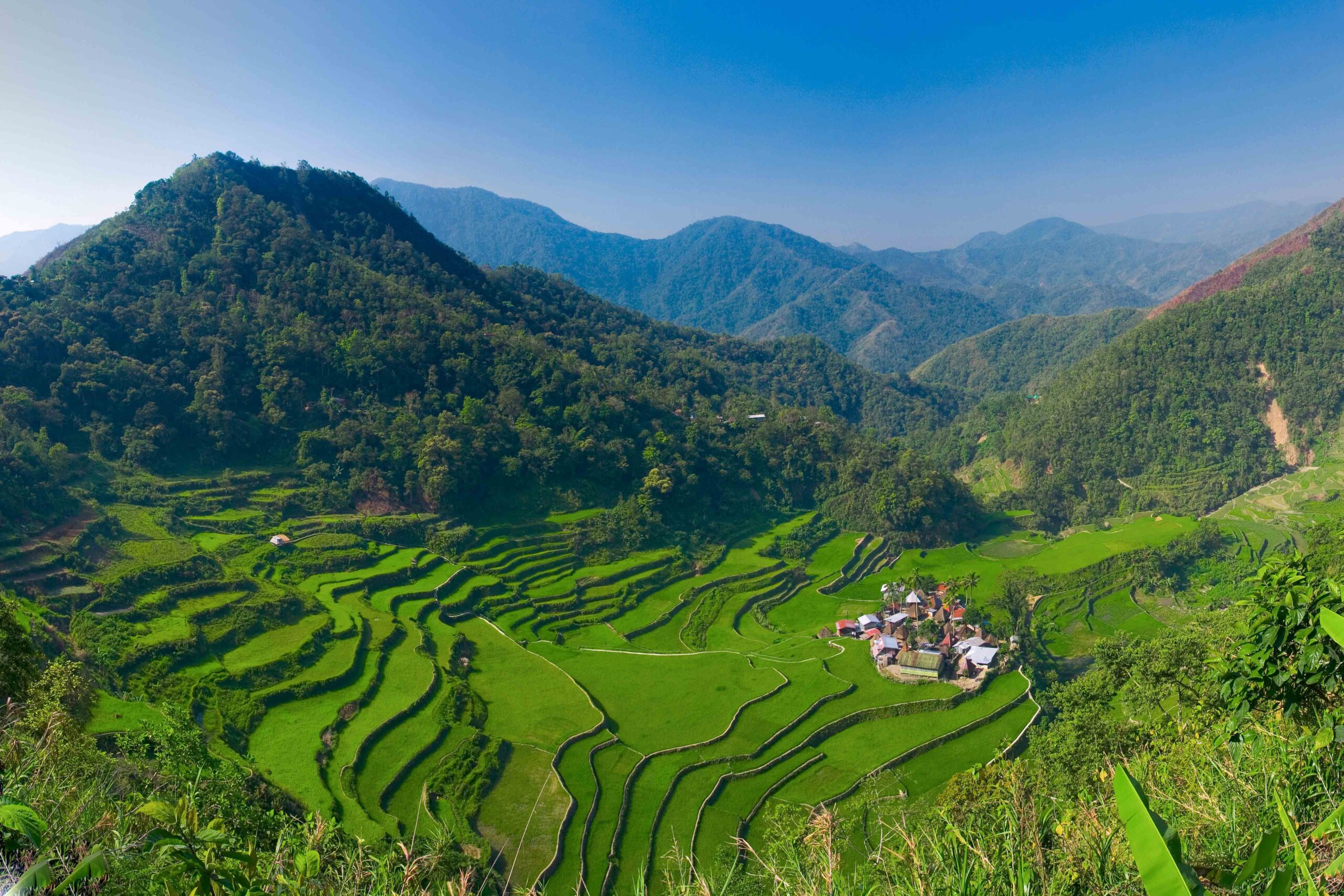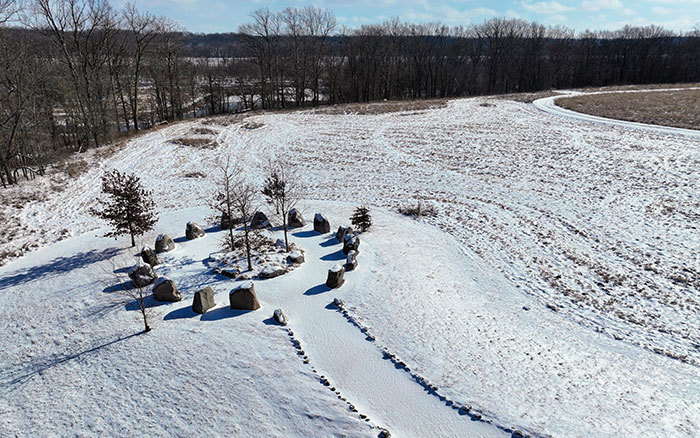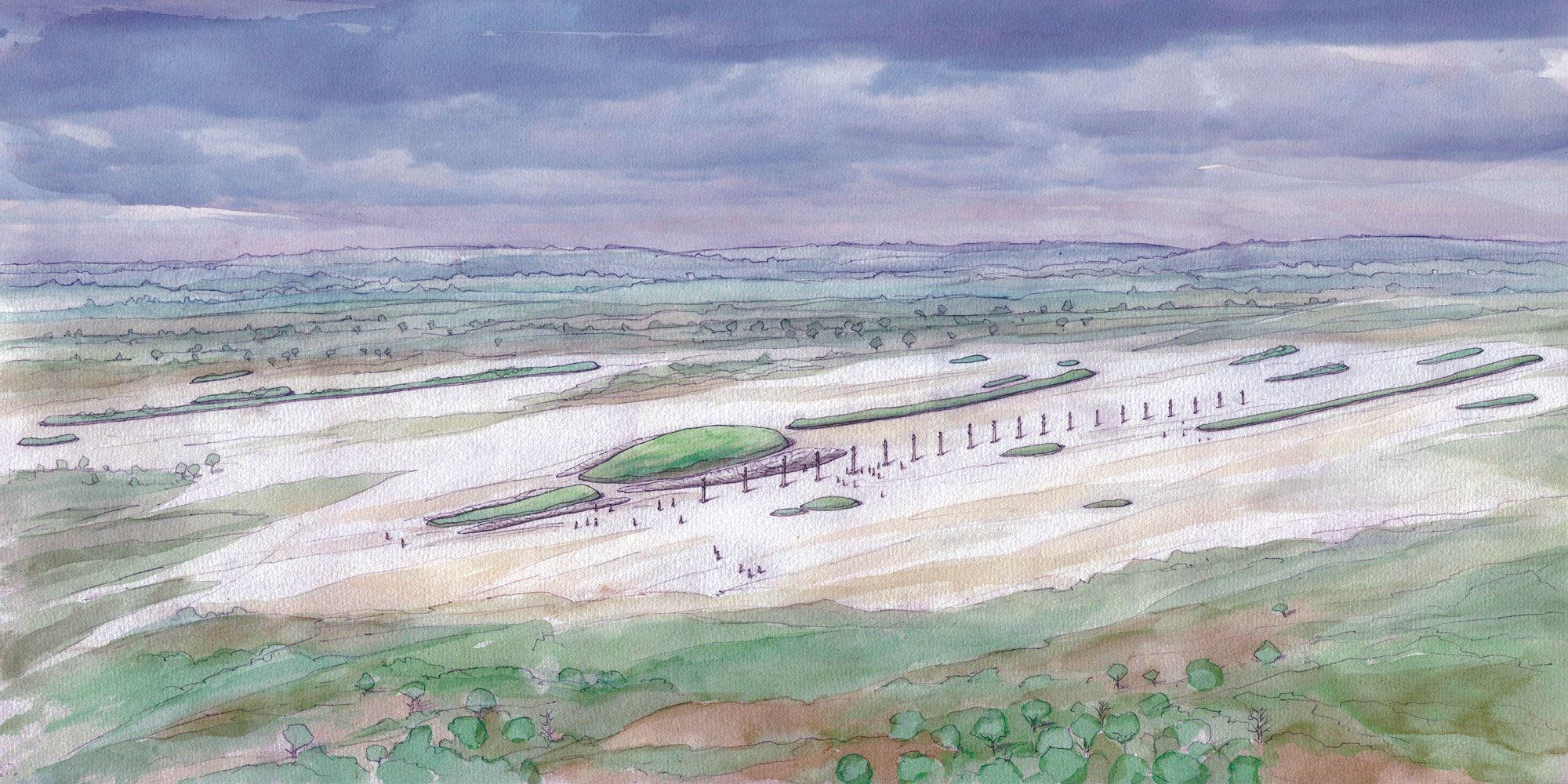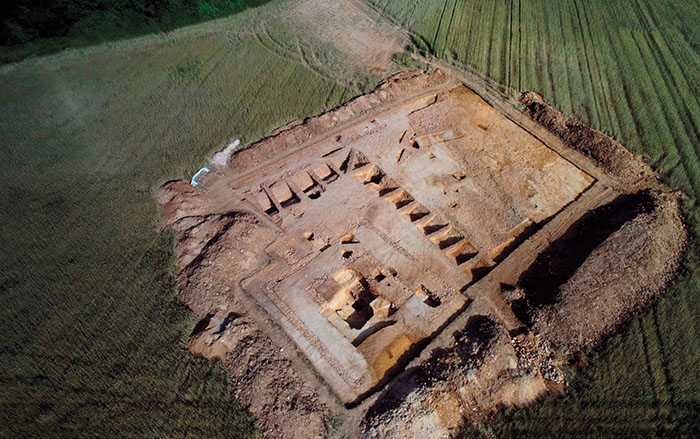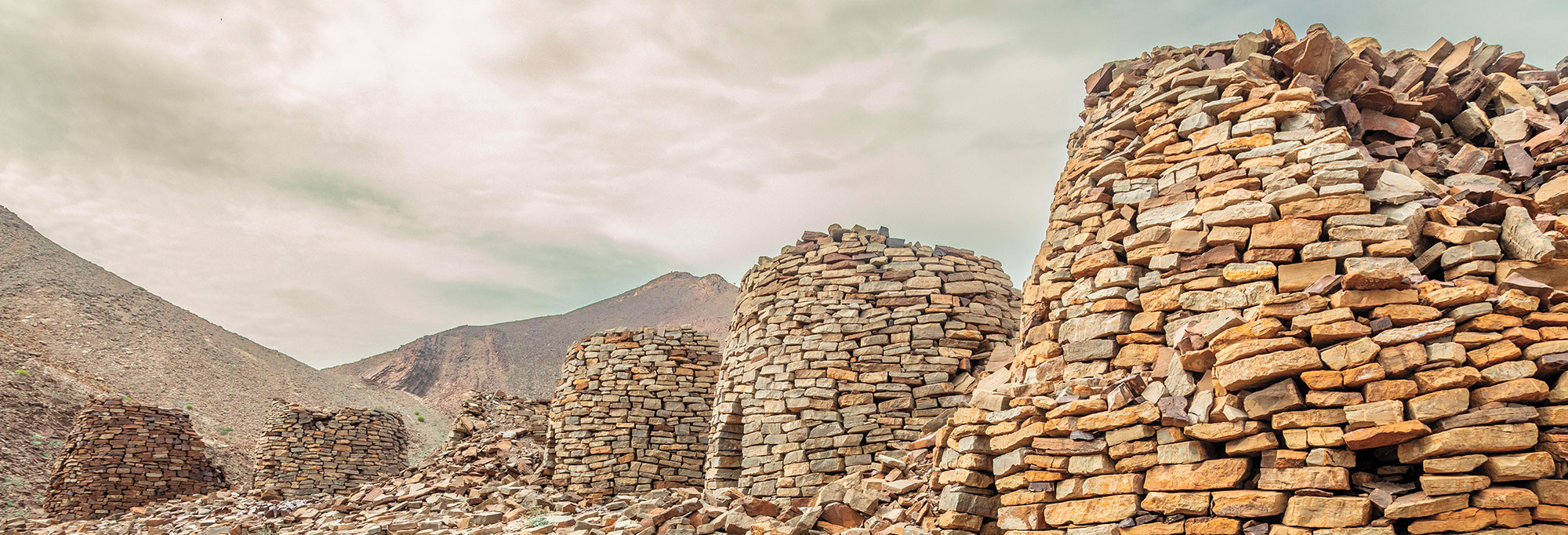
LINKÖPING, SWEDEN—Lentils were first grown on the Canary Islands nearly 2,000 years ago, according to a statement released by Linköping University. Researchers from Linköping University and the University of Las Palmas de Gran Canaria analyzed ancient lentils recovered from underground storage silos carved into the volcanic rock of Gran Canaria more than 1,000 years ago. The scientists then compared the ancient lentil genomes with those of modern lentils grown in the Canary Islands, Spain, and Morocco. The study determined that the lentils cultivated on the Canary Islands today are descended from varieties brought to the islands by migrants from North Africa in the third century A.D. Europeans arrived on the islands in the 1300s. “The new settlers seem to have adopted the indigenous people’s crops and continued to grow them,” said Jenny Hagenblad of Linköping University. She explained that these lentils were probably well adapted to the local climate, and added that local women, who may have married European men, are likely to have decided which crops to plant. “We also see in our study that different types of lentils are grown on different islands—even islands where it was previously thought that lentils were never cultivated. It’s important to preserve lentils from different islands, because genetic diversity can prove valuable for the future of agriculture,” concluded Jonathan Santana of the University of Las Palmas de Gran Canaria. Read the original scholarly article about this research in the Journal of Archaeological Science. For more on archaeogenetics, go to "Ancient DNA Revolution."
